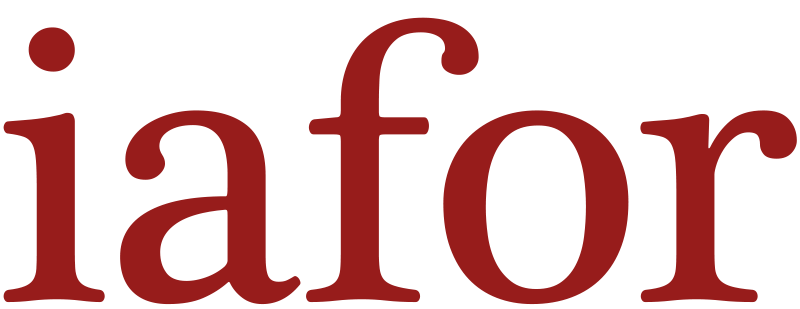Author: Anna Gadd, University of Western Australia, Australia
Email: [email protected]
Published: January 2016
https://doi.org/10.22492/ijll.2.1.03
Citation: Gadd, A. (2016). Minimising Same Error Repetition and Maximising Progress in SLA: An Integrated Method. IAFOR Journal of Language Learning, 2(1). https://doi.org/10.22492/ijll.2.1.03
Abstract
Alderson teaches us that, “progress should be the aim of all learning”. With the purpose of ensuring progress and enhancing first year students’ learning of Italian as a second language, research into feedback and repair was undertaken at The University of Western Australia.
The research – funded by the UWA Centre for the Advancement of Teaching and Learning – was inspired by the Italian 1403, 2013 teaching cohort. 1403 is an upper-intermediate level of Italian in which students, despite their good knowledge of the language, kept repeating the same errors. Students also claimed to be overwhelmed by the myriads of corrections they received in different forms, which translated into little to no definitive repair.
While corrective practices have been studied for a few decades now and there is a substantial body of research on feedback and repair in second language acquisition (Chaudron, 1998; Bangert-Drowns et. All, 1991; Kluger and DeNisi, 1996; Lyster and Ranta, 1997; Lyster and Mori, 2006), not much is known about the effect of isolated purposeful feedback on recurring errors.
The integrated method which was tested in different units of Italian between 2013 and 2015 aims to enhance students’ learning by giving students targeted formative feedback on recurring errors in order to maximise definitive repair and, subsequently, progress in learning Italian.
Keywords
second language acquisition, targeted formative feedback, recurring errors, repair
